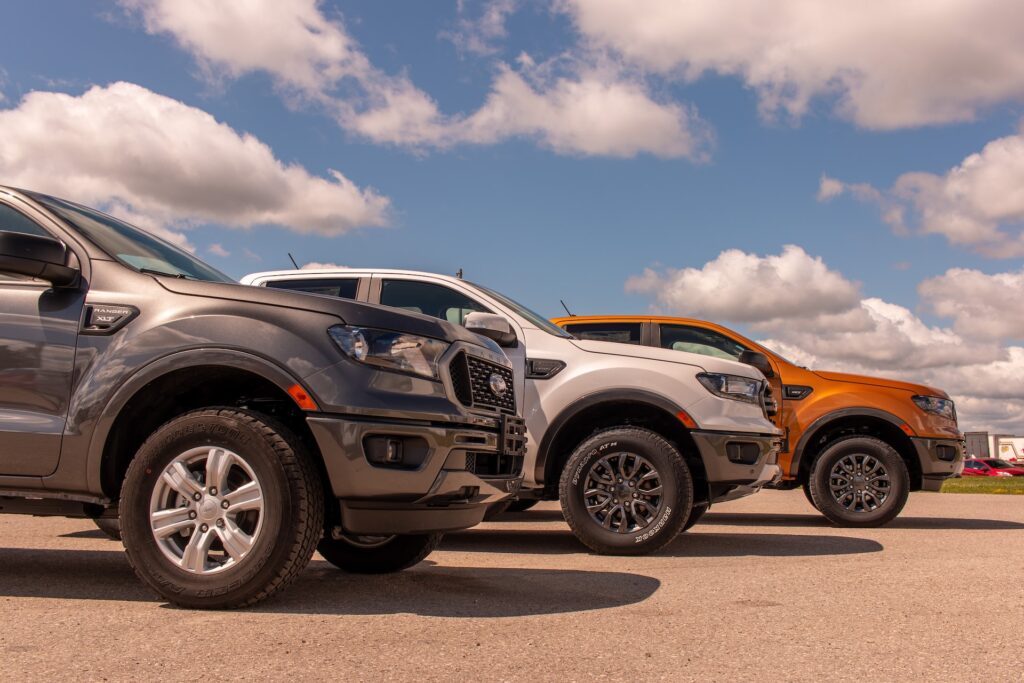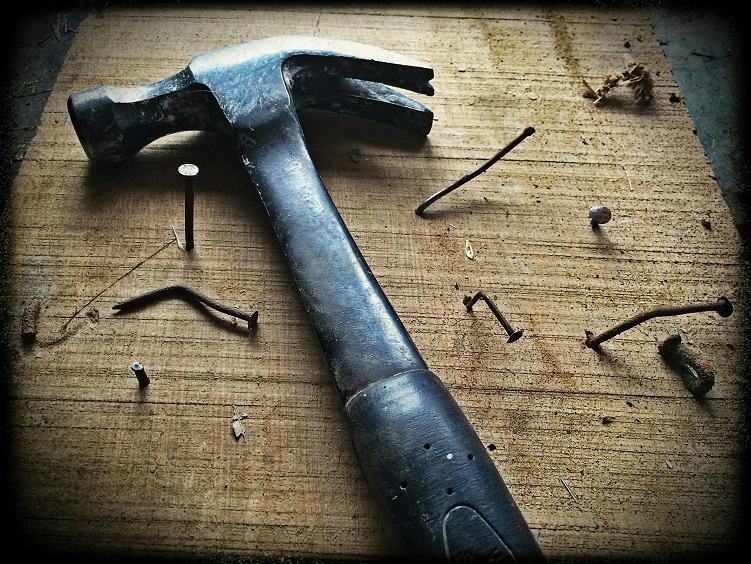
Whether you’re listing your vehicle for sale or building your personal collection profile, photographing your vintage car well is essential. A thoughtfully composed image captures not just the curves and chrome, but the history and emotion behind the machine. Great car photography elevates even casual shots into compelling showcases.
In this article, you’ll get vintage car photography tips that help your car stand out online. From lighting tricks to camera settings, we’ll guide you through how to photograph classic cars like a pro — even if you’re just using your phone.
Why Photographing Your Vintage Car Matters
Online platforms like Autofame are filled with beautiful vehicles — and presentation is everything. Clear, detailed, and well-lit photos not only increase visibility but also tell a richer story about your car.
Poor photography can make even the most unique classic cars seem unremarkable. On the other hand, great images attract more attention, better engagement, and even higher offers when selling. If you’re trying to showcase your classic car, it starts with capturing it correctly.
Essential Gear for Vintage Car Photography
You don’t need a professional camera to take great photos, but the right tools make a difference.
- Camera: A DSLR or mirrorless camera gives you full control. Newer smartphones can also produce excellent results if used thoughtfully.
- Tripod: Keeps shots steady, especially in lower light.
- Lens: A 35mm or 50mm lens gives a natural, flattering look to your vehicle.
Even with minimal equipment, following proper technique will help you achieve crisp, vivid classic car pictures.
How to Photograph Classic Cars: Step-by-Step
Before snapping a single frame, make sure the car is clean and the surroundings are free of clutter. Choose a simple backdrop — an empty road, an open field, or even a neutral wall.
Here’s a simple process to follow:
- Walk around the car to find its most flattering angle.
- Frame full shots first — get the whole car in view.
- Then move to details: badges, wheels, dashboard, and engine.
- Use natural light and keep the lens level with the car’s body line.
- Review your shots as you go to catch framing or exposure issues early.
Car Photography Lighting Tips for Timeless Shots
Lighting is everything in photography, especially for reflective surfaces like polished chrome and glass.
- Golden Hour: Shoot within an hour after sunrise or before sunset for soft, flattering light.
- Avoid midday: Harsh overhead sun creates glare and deep shadows.
- Overcast days: Surprisingly ideal — clouds act as natural diffusers.
- Use reflectors: If shadows are too harsh, simple white boards or car sunshades help bounce light back onto darker surfaces.
These car photography lighting tips help ensure every part of your vehicle is properly exposed and visually balanced.
Best Angles for Car Photography That Add Depth
A car has many angles — but not all of them are equally photogenic.
- ¾ Front View: The most popular angle. Captures the front and side, giving a dynamic perspective.
- Low Angles: Make the car look powerful and planted.
- Side Profile: Best for showcasing length and body lines.
- Interior & Engine Shots: Frame carefully. Use soft light or indirect flash.
- Wheel Close-Ups: Highlight design details or upgrades.
Varying angles helps create a complete visual story and reflects your understanding of good classic car photography techniques.
Planning a Vintage Car Photo Shoot: Pro Tips
A bit of preparation goes a long way. Start with a shot list — full exterior, interior highlights, engine bay, and any unique details.
Scout your location before bringing the car. Look for:
- Even lighting
- Minimal background distractions
- Room to move around the vehicle
- Surfaces without loose gravel or reflections
The best vintage car photo shoot guide starts with planning — not just pointing the camera and hoping for the best.
Editing and Presenting Your Photos
Post-processing doesn’t mean over-editing. Your goal is to enhance, not alter.
Use apps like Lightroom, Snapseed, or VSCO to:
- Adjust brightness and contrast
- Straighten tilted horizons
- Crop unnecessary space
- Sharpen details lightly
Always export high-quality versions and resize appropriately for web platforms. Clean, well-edited images are much more likely to be shared and bookmarked.
Final Thoughts: Showcasing Your Classic Car Like a Pro
A beautifully photographed car doesn’t just look better — it communicates pride, history, and care. Whether you’re selling, sharing, or curating, learning the basics of photographing your vintage car can make a lasting impact.
Use the techniques above to tell the story your car deserves — one frame at a time. With the right lighting, angles, and presentation, your car won’t just look good. It will look unforgettable.



